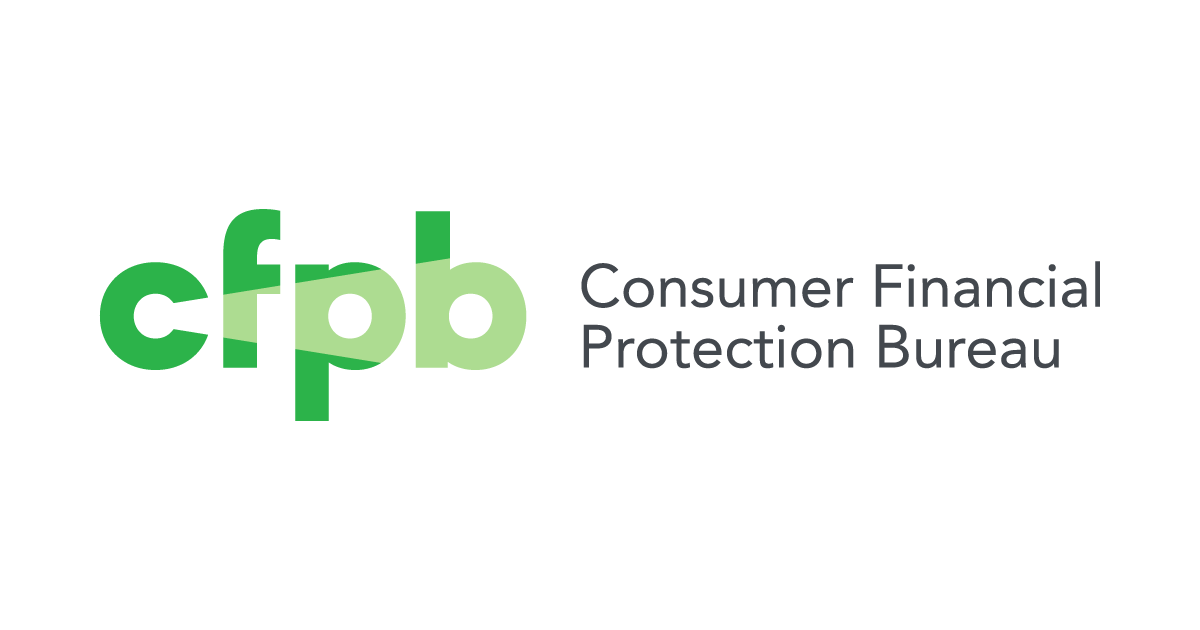This week, CFPB Director Rohit Chopra will visit Alaska to meet with Tribal leaders, financial institutions, and consumer advocates to discuss the consumer finance issues impacting Alaskans’ lives. Since the CFPB opened its doors in 2011, we have received thousands of complaints from Alaskans who had problems with their credit reports, mortgages, credit cards, and other products. Like Americans across the country, we also hear stories from Alaskans who are having problems with medical debt on their credit reports or in collections.
Medical debt on credit reports can harm consumers and is a particular problem in rural communities
Information about medical debt on credit reports is often plagued with inaccuracies and errors, in part due to the complexities in medical billing. Medical debt can also be used as leverage by debt collectors to coerce consumers to pay medical bills they may not owe, as credit and other consumer reports can operate as a gatekeeper to significant life and economic decisions – like buying a car, seeking new employment, or finding new housing. Yet CFPB research has shown that a medical bill on a person’s credit report is a relatively weak predictor of whether they will repay a loan, and may penalize consumers by making underwriting decisions less accurate. That is why we issued a proposed rule that would remove medical bills from most credit reports, increase privacy protections, help to increase credit scores and loan approvals, and prevent debt collectors from using the credit reporting system to coerce people to pay.
The factors that contribute to medical debt are complex and often unrelated to people’s willingness or ability to repay, including things over which a person has relatively little control, like their proximity to healthcare providers. For example, in a state like Alaska, home to some of the most remote communities in the United States, proximity to care can be a significant contributor to medical debt. The problem is even more acute in Native communities, an issue that the CFPB has recently examined.
Medical debt has a disproportionate impact on American Indian and Alaska Native communities
As of 2021, about three million people in the United States identify as American Indian and Alaska Native (AIAN) alone, and 6.3 million as AIAN alone or in combination with one or more other races . Using the CFPB’s Consumer Credit Panel (CCP), a unique sample of approximately five million de-identified credit records from one of the three nationwide consumer reporting agencies, we are able to better understand how Native communities are impacted by medical debt. We found that:
- People in Native communities are significantly more likely to have medical debt in collections on their credit records compared to the national average. Due to recent removals of low-balance and paid medical debts from credit reports, by June 2023, only five percent of consumers with a credit record had a medical collection on their credit records, down from around 14 percent in March 2022 . That still leaves over 15 million consumers with a medical collection on their credit records. In Native communities, however, almost 10 percent of people still carry medical debt in collections on their credit reports, roughly double the national average.
- The amount of medical debt in collections that remains on credit reports is also higher in Native communities. As of June 2023, the average total medical debt in collections on consumers’ credit reports was about $3,700 per person in Native communities, about 20 percent higher than the national average.
- Nearly 25 percent of the credit records for people in Native communities contain only medical debts in collections. Native communities tend to use fewer traditional financial services and often have more limited access to credit . This means that medical debt collections can potentially have an outsized impact on access to credit in these areas, due to already higher credit prices and more limited use of other forms of credit.
These and other findings concerning medical debt in Native communities will also be discussed in more detail in a forthcoming CFPB report.
Medical debt in Alaska Native communities
In Alaska, over 100,000 people identify as Alaska Native, and almost 150,000 as Alaska Native alone or in combination with one or more other races . The Alaska Native Tribal Health Consortium is the largest and most comprehensive Tribal health organization in the U.S., and an acknowledged leader in Native healthcare, providing healthcare services to over 180,000 people who live in Native communities and across the state. Yet even with the services provided through the Alaska Native Tribal Health Consortium, Alaska Natives may still be unduly burdened with medical debt.
There are many factors that contribute to medical debt for Alaska Natives, including how remote many Alaska Native communities are from access to health care providers. As of December 2023, approximately 38 percent of Alaska Native communities lack a year-round primary healthcare facility. Over 160 Alaskan Tribal Villages do not have a full-time nurse or doctor working in the community, with 90% of these villages accessible only by small aircraft .
We are also reviewing detailed complaints data and reports from health care providers, Tribal officials, and other key stakeholders – in Alaska and across the country – that point to problems with billing practices, coverage, and medical debt credit reporting in Native communities in Alaska and across the country.
Learn more, take action
The CFPB has resources to help you learn more about our work around medical debt. We want to learn more about your experiences. If you’re an Alaska Native or American Indian consumer and affected by medical debt or other financial issues, we encourage you to share your story with us.

